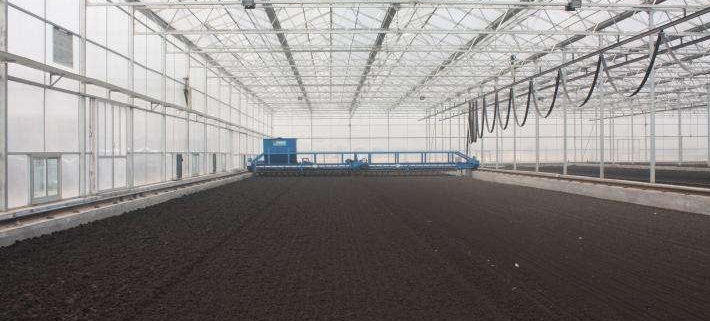The aerobic fermentation technology of sludge is that under aerobic conditions, microorganisms oxidize a part of the absorbed organic matter into a simple inorganic substance through absorption, oxidation, decomposition and the like, and release the energy required for the growth activity of the microorganism; Another part of the organic matter is synthesized into a new cytoplasm, allowing the microorganisms to grow and multiply, producing more organisms. High-temperature aerobic fermentation of sludge continuously decomposes organic matter, so that the temperature of the heap is continuously increased, and the pathogenic bacteria and parasitic eggs can be killed and rendered harmless. The high-temperature aerobic fermentation of sludge is called compost and can be used as a soil improver and organic fertilizer. High-temperature aerobic fermentation of sludge should pay attention to the problem of heavy metal pollution of sludge. During the treatment, due to the action of aerobic bacteria, it is easy to produce malignant odor. Therefore, odor pollution should be prevented. The moisture content of sludge after treatment can generally be less than 40%.
At present, the main process forms of sludge composting are divided into static and dynamic, and can be divided into strip type and warehouse type according to the material stacking form. Other reactors in the form of reactors are generally used in small projects.
There are five main aspects that restrict the industrial application of sludge composting technology: floor space, secondary pollution caused by odor discharge, dry material feeding and safe storage and transportation, final sludge disposal and operator health and safety. problem. Compared with the static composting process, the dynamic composting process has made certain breakthroughs in these five aspects. On the basis of mechanical turning technology and forced venting static composting technology, China has developed a complete set of CTB automatic control biological composting technology with independent intellectual property rights. This technology composts short time, small floor space, no odor, waste water, etc. Environmental pollution problems, technical integrity and support. The newly developed sludge aerobic composting process (SACT) is based on the theory of horizontal open fermentation tanks, which is improved and innovated through the construction of structures, improvement of mechanical turning equipment, and adoption of automatic entry and exit systems. The theory of automated composting system further reduces investment and operating costs in engineering applications and achieves good engineering results.
Advantages of sludge aerobic fermentation technology:
Sludge aerobic fermentation process can kill pathogens and weed seeds in sludge and achieve harmlessness.
Sludge aerobic fermentation process can degrade most of the organic matter in the sludge, and reduce the water content of the sludge to 40%, which is reduced.
Fertilizer made from aerobic fermentation of sludge can be applied to land and resourced.
Sludge aerobic fermentation technology does not require an external heating source, and the operating cost is relatively low.
Disadvantages of sludge aerobic fermentation technology:
Sludge sludge is unstable, heavy metals are difficult to stabilize, and the surface is narrow, and can only be used as landscaping fertilizer.
Large area.
A large amount of odor is generated during the composting process, which pollutes the surrounding environment.



